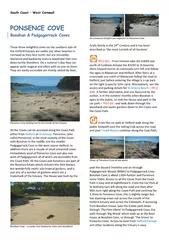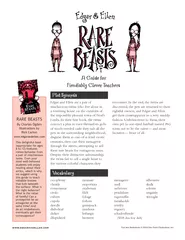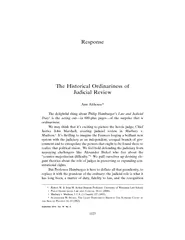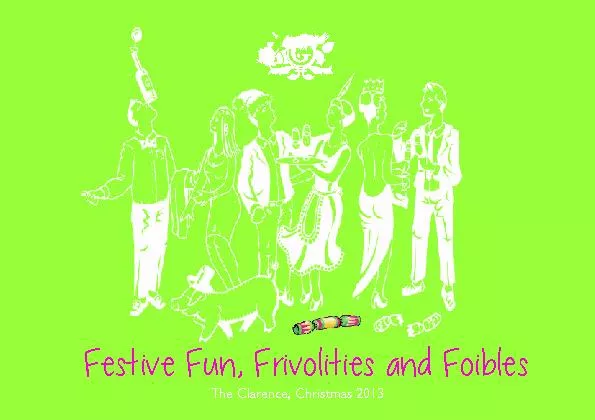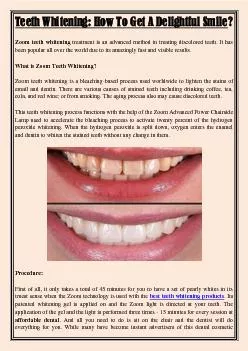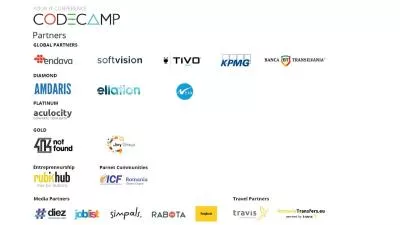PPT-Delightful Development
Author : cheryl-pisano | Published Date : 2016-10-09
Final Project Jean Neice Concordia University June 27 2014 Birth to 24 months Biological Processes Learned to crawl walk and run Bigger than normal baby more
Presentation Embed Code
Download Presentation
Download Presentation The PPT/PDF document "Delightful Development" is the property of its rightful owner. Permission is granted to download and print the materials on this website for personal, non-commercial use only, and to display it on your personal computer provided you do not modify the materials and that you retain all copyright notices contained in the materials. By downloading content from our website, you accept the terms of this agreement.
Delightful Development: Transcript
Download Rules Of Document
"Delightful Development"The content belongs to its owner. You may download and print it for personal use, without modification, and keep all copyright notices. By downloading, you agree to these terms.
Related Documents


